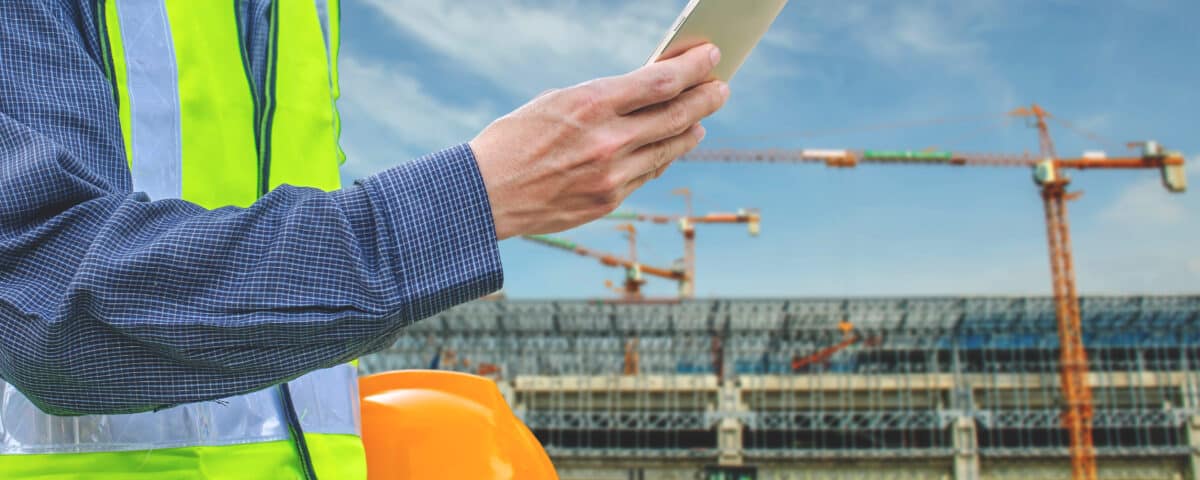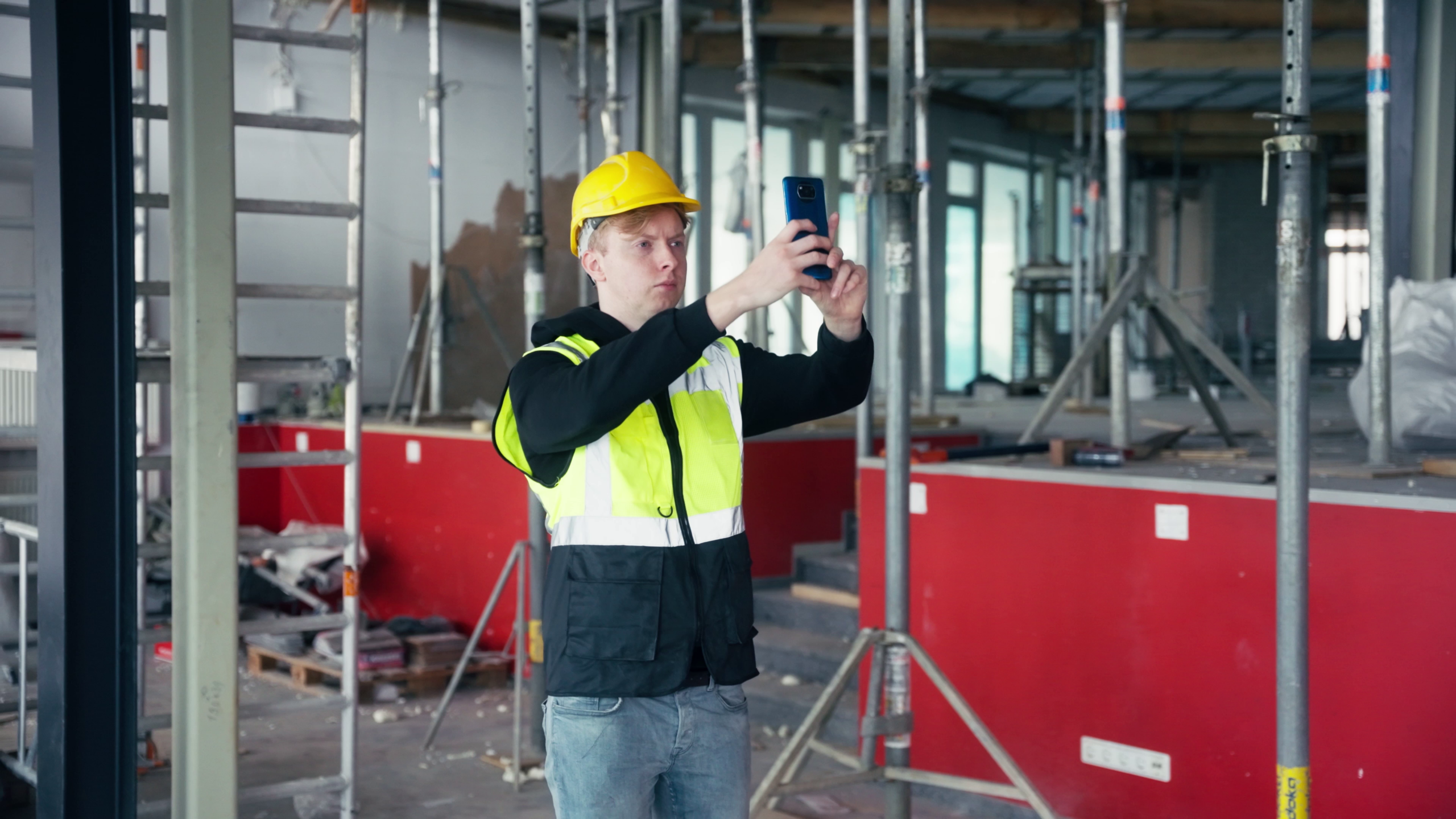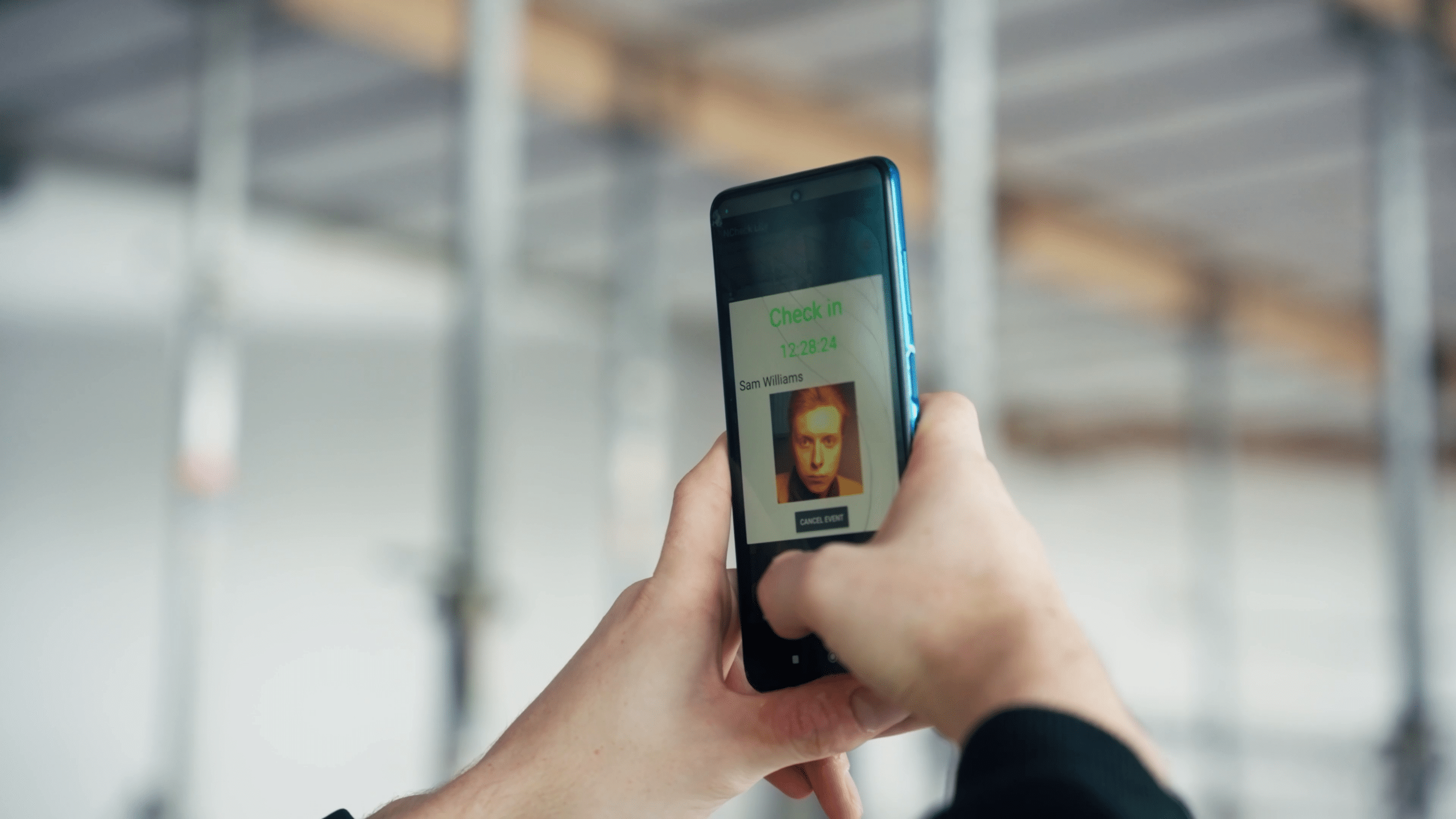Visitor Management and Biometrics for Smarter Construction Sites

The construction industry is one of the most popular sectors that involves the safety of the workers, the inhabitants and complex machinery.
According to Euroconstruct data, in 2025 the construction sector in Europe should experience a revival. In the U.S., construction has also been on an upward trend and should reach 2.24 trillion USD by 2027, as stated by Statista. With new AI-based tools to automatize manual processes, the productivity of construction works should increase.
Nevertheless, this intricate process also presents obstacles that have to be overcome in safety and security. Thankfully, modern technology, specifically visitor management and biometric employee tracking, is changing construction sites into safer, more efficient environments. Let’s explore how these technologies can be employed in making building sites more optimized to ensure the well-being of the personnel.
Biometrics for access control
Construction sites are full of different activities, with trucks delivering materials and workers accessing various areas. When it comes to the traditional access control methods that we’re used to, like key cards or badges, they can be easily compromised or lost. Biometric recognition, on the other hand, offers a secure and efficient solution.
Specialized trucks often arrive with a delivery of construction materials or equipment. Instead of fumbling for a pass, the driver can simply scan their fingerprint or face at a biometric reader, instantly granting access to the designated loading area. This not only speeds up the delivery process but also ensures that only authorized personnel can get access to designated areas.
For construction workers, biometric access control eliminates the need to carry physical access tokens, reducing the risk of loss or theft.
Safety helmet recognition
A crucial aspect of construction site safety is ensuring that workers wear appropriate protective gear, particularly safety helmets. Integrating safety helmet recognition, provided by the biometric attendance system, adds a vital layer of protection.
Entering a hazardous zone requires wearing a safety helmet to ensure maximum safety for the construction worker. Biometric attendance systems, like NCheck, can easily identify people wearing safety helmets and medical masks, making it a great option for various scenarios that include reinforced or restricted access to particular areas.


NCheck recognizes a construction worker with a safety helmet.
Warehouse and large area tracking
Construction sites often encompass vast areas, including warehouses, storage yards and multiple building zones. Ensuring the safety of workers across these enormous environments can be challenging. Biometric employee tracking, coupled with real-time location systems, offers an all-in-one solution.
Biometric scanners at entry and exit points of a warehouse record the presence of the worker, providing a precise timeline of their activities. In case of an emergency, the system can quickly generate a list of everyone present in the warehouse, facilitating rapid evacuation and ensuring no one is left behind.
In large outdoor areas, the system can track worker locations in real time. This not only enhances safety by providing immediate location data in case of accidents but also improves efficiency by optimizing worker deployment and resource allocation.
Managing attendance for construction repairs
Construction repairs within occupied spaces like schools, office buildings and hospitals can become a challenging task due to the constant movement of people. These projects require careful planning and execution to minimize disruption to daily operations while ensuring safety and efficiency. Biometric attendance tracking and visitor management systems positively affect the management of these complex projects.
Biometric systems can be programmed to grant access only during specific times, such as after school hours or during designated construction windows. This helps to minimize disruption to normal building activities and ensures that work is completed within the set timeframes.
Traditional sign-in sheets and manual tracking can lead to unauthorized access, compromising the safety of the staff, building occupants, personal belongings and the property.
Contractors and subcontractors can be pre-registered in the visitor management system, allowing for quick and efficient check-in upon arrival. This digital record provides a comprehensive audit trail of everyone on-site.
Biometric attendance tracking also provides real-time data on worker presence, allowing project managers to monitor progress and ensure that work is proceeding according to schedule. This data can also be used to generate reports on the attendance and productivity of the employees.
Simplified real estate viewings
Imagine a prospective buyer visiting a construction site, eager to see or even choose their future home. In the past, this might have involved thorough security checks. Today, visitor management systems provide a seamless and professional experience.
When a viewing is scheduled, the builder can pre-register the visitor in the system. Upon arrival, the visitor can check in via a tablet or kiosk, providing their details and even uploading identification. This not only streamlines the process but also creates a digital record of everyone on-site, strengthening security measures.
Furthermore, these systems can integrate with real-time site maps, guiding visitors to specific viewing areas while ensuring they don’t wander into hazardous zones or disrupt the ongoing construction. The builder can receive instant notifications of visitor arrivals, allowing for prompt and personalized service.
Conclusion
By prioritizing security and greatly enhancing safety measures, biometric and visitor management systems are creating a more seamless and secure experience for everyone on construction sites – from workers and visitors to project managers and developers. These technologies help maintain control of the undergoing works, ensure that the tasks are finished on time and that everyone on site feels secure and informed.


